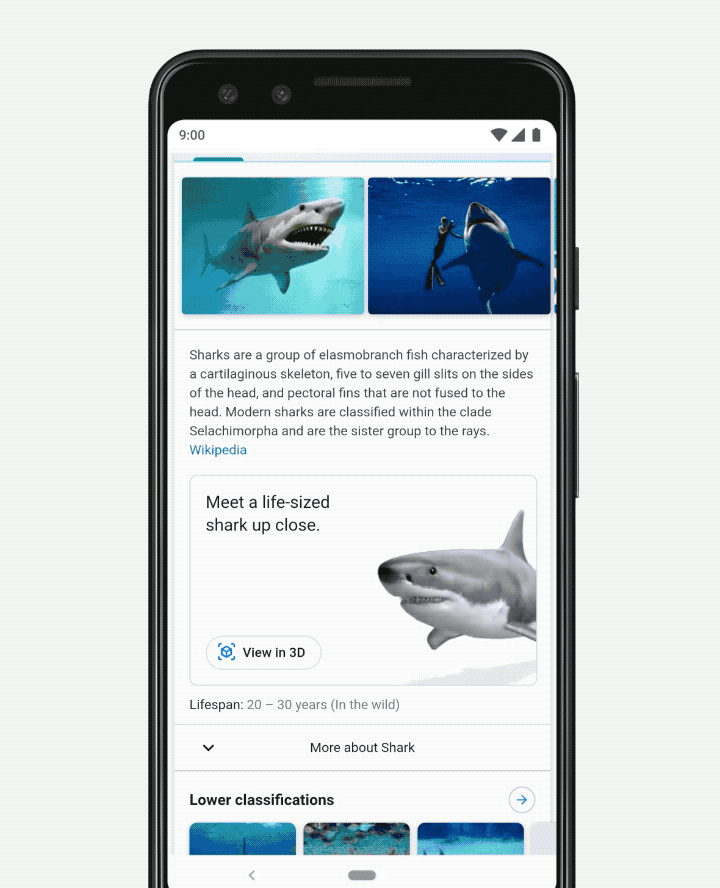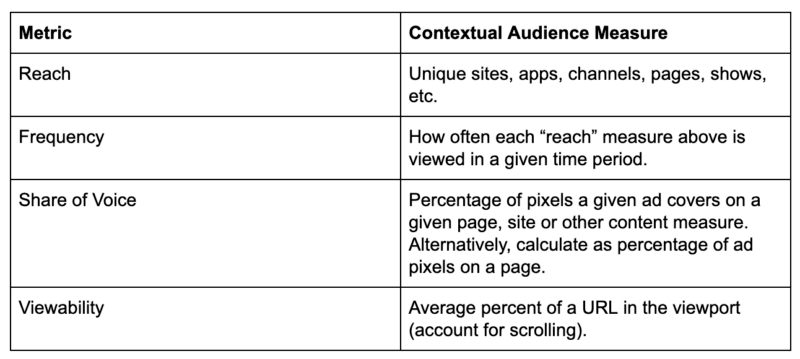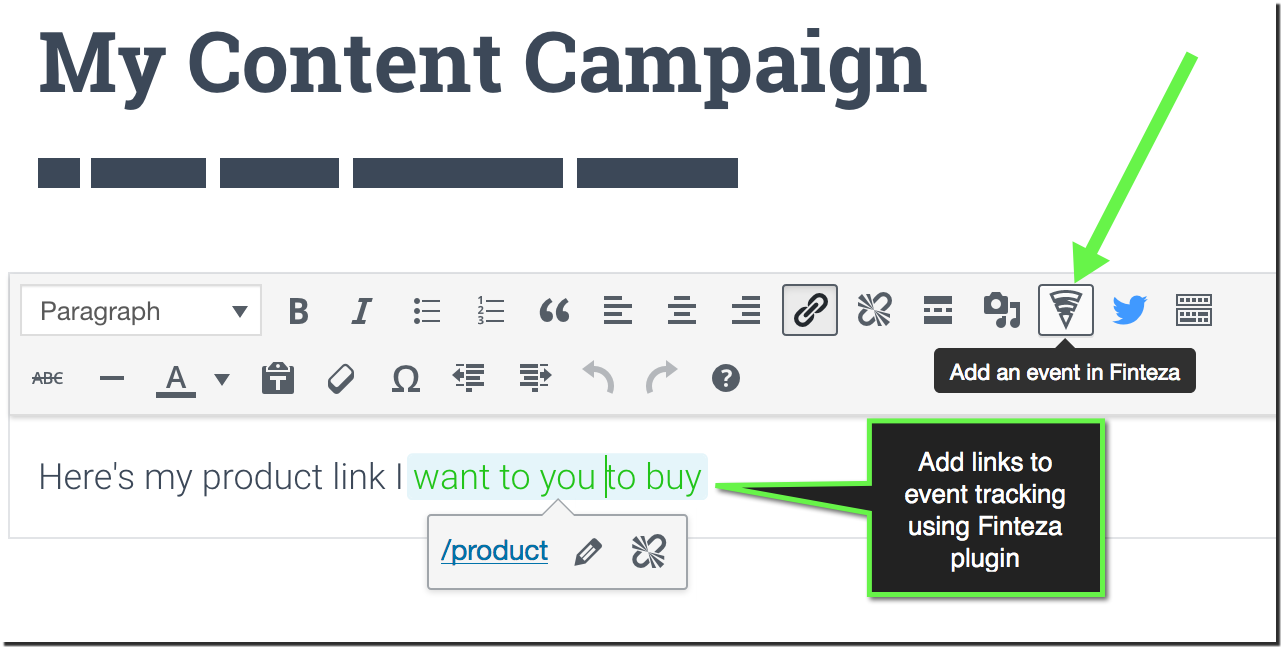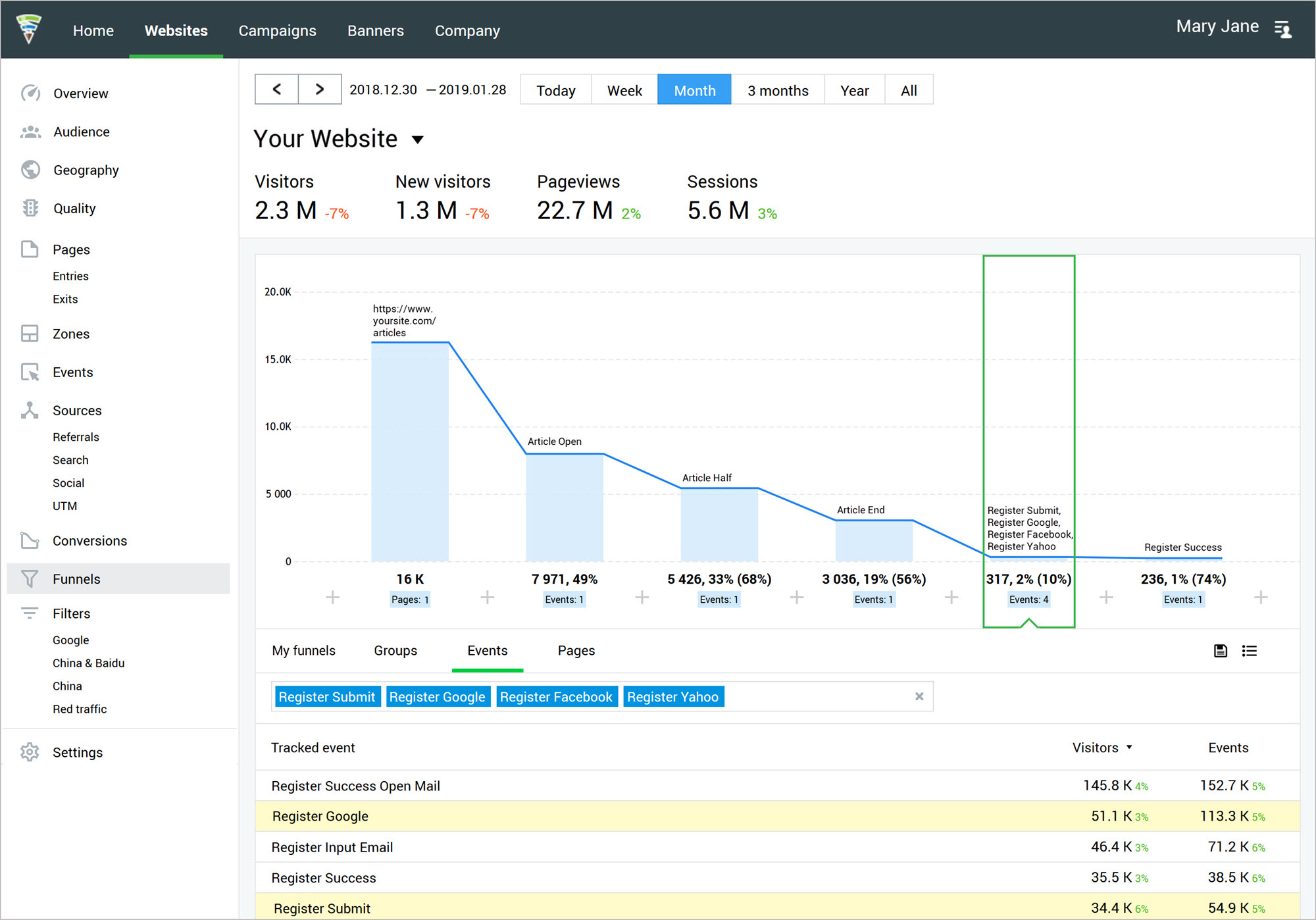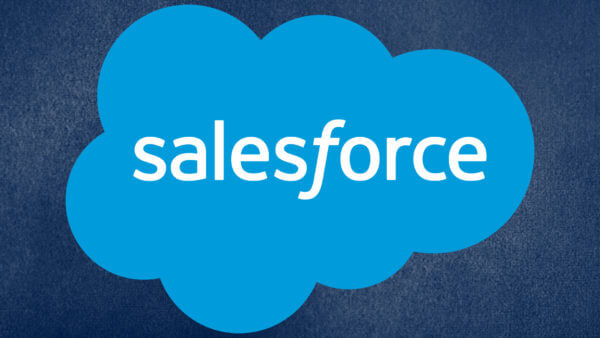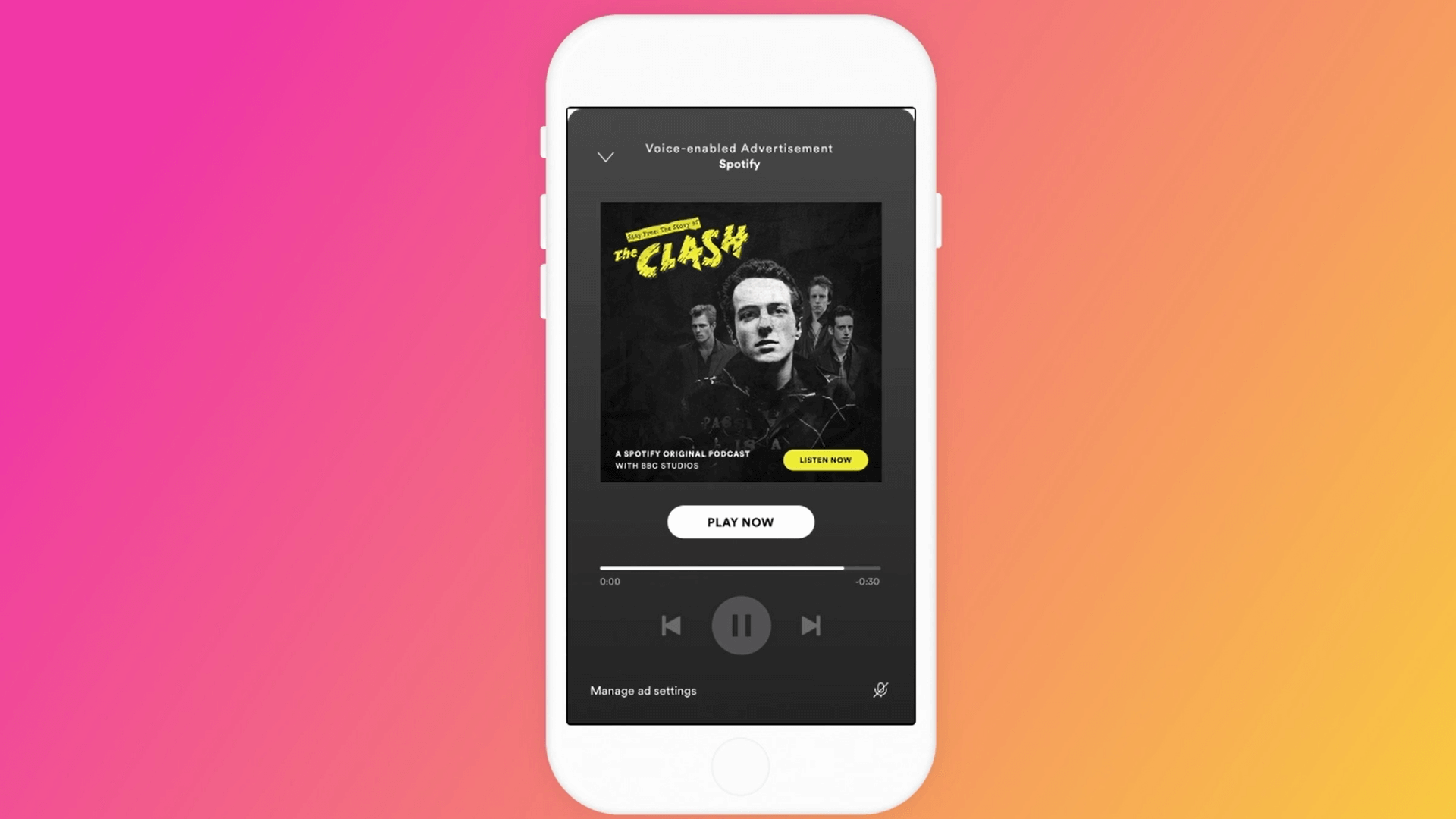The 2018 European Union’s General Data Protection Regulation, or GDPR, started the snowball of data tracking and privacy regulation in the United States, all but killing off what we know as behavioral “audience-based” targeting. However, these regulatory headwinds empower content creators and publishers to bring new, innovative targeting strategies to their advertisers.
Content creators can offer GDPR-safe “contextually based audience targeting” to advertisers as an alternative to traditional cookie-based behavioral targeting. But first, let’s be clear about a few things.
Change your assumptions: Consumers don’t want ads
Behavioral targeting, coupled with RTB and programmatic technology, has given marketers a false reality: they assume users want to see their ads and offers. In reality, does a narrowly focused, self-serving message break through the noise to make a consumer’s life better? Usually, no. Sorry to break the news, but consumers don’t want ads: Ads have become more common, frequent, annoying, irrelevant and intrusive.
Not only do users not want to see your ads, over 40 percent of users think following them around the web has become too aggressive. It’s viewed as a breach of privacy. As the supply of advertising increased, so did tracking and data usage. “Audience targeting” was first called “behavioral profiling,” until it was thought that it sounded too invasive. In the interest of self-regulation, the practice was relabeled “interest-based advertising.”
But regardless of the shade of lipstick, consumers have taken note and voted: they block ads, by the millions. As of 2019 in the U.S. alone, over 75 million — or 26.4% of internet users — enable ad blockers.
Consumers want content (it is king, again)
Content takes many forms, offering consumers numerous choices like digital, print, audio, video, mobile, home, work and even in the car. Marketers once considered 500 cable channels fragmented. The internet has redefined media fragmentation, transforming consumer niches into mass markets. Journalism, once reserved for professionals, is now decentralized and social. Your friends are authors. The traditional model of advertising is at the bottom of most users’ content value chain.
If an advertiser’s message is accurate, informative, simple, entertaining and interactive – then it might be considered great content. But most ads are traditional and don’t meet these criteria. Consumers are embracing personalized, timely, value-added content from brands. However, the challenge for these “personal” formats is making content relevant at scale while avoiding burdensome personalization costs. But when content marketing works, it drives returns like an annuity—generating ROI well beyond the date of investment. As publishers know, good content takes time and work.
Content creators own the customer
In a world where content is king, the publisher owns the user relationship, not the advertiser. While, in some cases, it may be ideal for publishers to engage in a “consent” campaign on an advertiser’s behalf, it’s unlikely that publishers are willing to “sell” their users that easily. After all, publishers want users to return, cultivating a deeper relationship based on content quality and trust. Publishers can then sell “access” for advertisers to engage with users (aka advertising).
Pivot your audience strategy from cookies to content
The entire ad tech ecosystem has been built around the user and the cookie. Attribution is no longer possible as we know it. Upper funnel prospects are unknown. There’s no way to track, measure, or profile them.
Cookies, device IDs, emails and other personal identifiers are ideal when you directly own the customer relationship. Advertisers know their customers and what they buy. Advertisers can reach out to customers directly or through retargeting. Customers want a relationship with advertisers because the advertiser brings value.
For anonymous users and prospects, advertiser’s have limited visibility without an opt-in. But publishers know their reader and how users consume content. Publishers have perfect visibility into their website. Under GDPR, a publisher’s URL is the new anonymous identifier.
The customer continuum
Advertising has been used by marketers to drive upper funnel metrics, like purchase intent and brand awareness. Advertising is also used to push prospects into the CRM sales funnel. Customer relationship management (CRM) is typically a business-to-business or consumer-direct marketing strategy. After the top funnel impression, conversion and retention are often managed by a different team, department or agency. This practice will soon become ineffective, requiring a unification around the customer lifecycle, top to bottom.
Profile URL, not cookie
Consider profiling around a URL (content) and not a cookie (user). This might be an awkward new concept to embrace since URLs aren’t thought of as identifiers for prospects or customers. But until an advertiser gets user consent, a publisher’s content URL is the only GDPR-compliant identifier an advertiser has to understand anonymous, top-of-funnel user behavior.
Using something I call a “contextual audience” strategy relies on cooperation from publishers for “profiling” content that can be used by advertisers as an alternative to behavioral audience segments. This means that publisher content taxonomies must, therefore, be deeper and more transparent than ever before.
Here are four key steps publishers and advertisers need to take for executing the alternative to cookie-based behavioral targeting.
1. Align acquisition and retention as part of a single customer continuum
With GDPR’s required consent, advertiser’s have some insight into their customers for traditional behavioral audience targeting. Typically, these are not the users presenting a challenge under GDPR or the forthcoming CCPA. It’s the remaining majority of users in the top and middle of an advertiser’s funnel who present challenges for cookie-based behavioral targeting. These anonymous warm leads are the users consuming content where publishers have a close relationship to bridge value with advertisers. If publishers manage their users, data and ad sales holistically, publishers have an easier path to embracing contextual as a practical means for delivering audience targeting to advertisers.
2. Create contextual audience profiling segments
Most advertisers still think advanced user level insight is only possible with cookies. But contextual data, when planned for and managed, can be a powerful signal for traditional user behavior – all without GDPR risks. However, keep in mind where cookie-based data signals are a mix of explicit and implicit data, contextual audience profiling is exclusively inference-based.
Contextual classification services provide categorical taxonomies as a basis for insight. Pages, apps, videos or an entire site are classified into one or several categories from a list of hundreds. Often the category comes with a weighting of confidence in the match.
With a different interpretation, contextual taxonomies become a technique for understanding user interests. Interests are perennial activities for a given user – hobbies, professions or even fleeting casual thoughts. It’s only when a user’s activity takes a sudden spike or trend within an interest that they show intent. For example, if someone browses travel content over weeks or months, they may only aspire to travel. When the frequency of this activity becomes more time compressed, focused (e.g., a specific hotel in a specific location) or coupled with other bottom funnel signals (like search), user-based cookie data providers classify the user as having “travel intent.”
The same interest to intent methodology can apply to anonymous and GDPR-compliant contextual audience profiling with content. Interest becomes intent when, and how, you apply an additional signal to the contextual category of interest. The secret to identifying intent is an analysis of the page type or specific intent keywords within the content. For example, shopping cart and booking page visitors are bottom funnel in-market intenders. But only when you couple the page category (e.g., hotels) with high-intent keywords (like “where can I buy,” “coupon code,” “free shipping,” or any word combined with price like “best price” or “low price”) will you identify URLs which signal intent. With some contextual providers, you can predefine these URL+keyword combinations as custom categories within your taxonomy.
Compare the potential scale and precision of a contextual audience technique to traditional cookie-based audience segmentation:
- 14 third party cookie-based interest data providers offer 17 to 6,000 basic interest segments.
- Five of these 14 data sellers offer a travel interest or intent segment for a total of 170 unique traits.
- Using the contextual audience technique joining 27 IAB travel categories with the five intent keywords mentioned above, you create 135 unique travel intent segments.
The more intent keywords you define, the more intent segments you can create. As an added layer of insight, analysis or segmentation, consider applying a layer of sentiment, emotion or entity identification to each URL from specialized content analysis services.
Like any user-based cookie segmentation method, you’ll need to experiment with categories and keywords to understand the optimal combination of content that yields stronger advertiser intent than audience or channel targeting.
3. Define your contextual audience metrics
Cookie-based targeting has many user-based data points to measure and analyze, like pages viewed, time spent, hover or engagement time, clicks, and conversions. Some fundamentals of media, like reach and frequency controls, are inherently user-based optimization metrics. Finding proxies may be difficult, but it’s not impossible. Consider the media metrics below and how to use them in your contextual targeting framework:

Apply these metrics to unique URLs you’ve classified with interest and intent signals (category + keyword) to begin formulating and analyzing your contextual audience targeting products.
4. Extend contextual audience targeting to ‘look-alikes’
As you begin implementing the contextual audience profiling and targeting methodology, you will start broad and may appear inefficient. To accelerate optimization, publishers should consider extending their content data to the advertiser for look-alike modeling. Advertisers can analyze URL consumption behavior patterns of content with the advertiser’s opted-in users (these are the users who have explicitly told advertisers it’s okay to track, measure or monitor them under GDPR). By co-passing URL metadata from publisher to the advertiser, advertisers can perform a typical user conversion path analysis of their opted-in users, identifying a publisher’s content URLs that drive to the advertiser’s desired conversion event. Advertiser’s can then “heavy up” spending for these URLs on a site, app or other content.
For example, if the advertiser goal is to sell travel bookings, an advertiser will look at the URL consumption patterns of customers who have purchased in the past. First, the advertiser will discover which URLs drive users into GDPR consent before purchase (if any). Then the advertiser will identify the URLs along the path to conversion that appears most prevalent. Consider sharing the metrics in step four with advertisers as part of the analysis. These are the key metrics they’ll need to advertise and optimize against your content in the anonymous contextual world.
Advertisers should give more weight in their media plan to URLs, sites, domains, videos or apps that show a correlation with user conversions. This doesn’t require advanced data science – though that would supercharge anyone’s efforts. A spreadsheet data analyst can do this basic modeling for you.
Here’s how to address objections to the contextual audience strategy as well as some tips for success.
Research shows ads-as-content works
Back in the day, some pages within newspapers and magazines would attempt to look very similar to the content, but not exactly. This “advertorial” was an ad in disguise. Fast-forward a few decades and a similar approach has been taken by “native” advertising. This ad format looks less like a “hard sell” and more like information related to the content being targeted. More recently, content marketing replaces what we consider an “ad” with content and it works. The idea remains the same – make the ad look like the content. In a broader context, it’s simply personalizing the advertiser’s messaging. Even going back to the dawn of digital advertising, research studies show that contextually relevant messaging is highly effective, whether it be the message itself or integrating elements of your content’s UI.
Accurate targeting is a myth
It may be difficult for some to break their traditional thinking and wrap their head around something so radical like contextual audience targeting. They will likely question the accuracy of this “targeting” approach and dismiss it as nothing more than traditional contextual targeting. Not only can you challenge the alternatives in the age of GDPR (such as the scale limitations of first-party data and obtaining consent), but you can point out that cookie-based behavioral intent targeting segmentation is incorrect more often than it’s spot-on [pdf]. The bar for targeting “being accurate” is low.
Frequency capping is a myth
For anyone who suggests that frequency capping with contextual audience targeting is impossible, I respond that frequency caps in the cookie world is a farce. Third-party ad servers and DSPs have imperfect measurements into the frequency of messaging across a media buy, especially within the walled gardens where data is scarce. More importantly, controlling frequency in this world is impossible due to the fragmentation across platforms, gardens, devices and data sets. The ability for anyone to control frequency within a programmatic buy is constrained to the OTT device, browser or mobile phone – there’s no universal ID to tie a user experience together across these ecosystems (especially when the user is anonymous). Compound this with the walled gardens where the frequency can only be controlled within the silo itself, independent of what you may do outside the walled garden. In the end, frequency is only controlled by who owns the user relationship, both in the cookie world and the GDPR cookieless world. Publishers own the user relationship, content and ad inventory, and have frequency cap controls over their users. Controlling frequency by unique URL gives advertisers some capping control without GDPR consent.
Contextual technology has evolved considerably
Contextual analysis has grown from general website “channel” categorization over the past several years. Computer vision has made analysis of static images and video content a complement to textual content analysis. Natural language processing (NLP) and semantic algorithms are also constantly getting better and faster. Lastly, all these are being accelerated with the help of machine learning and artificial intelligence models. Not only can you understand the topic of the content, but sentiment and even intent of the author or reader. In conclusion, what isn’t perfect today will improve over time. It certainly needs to in the GDPR age.
Publishers must step up and embrace the opportunity
There will be challenges in universal execution of a contextual audience profiling and targeting model across different publishers and content providers. A publisher’s challenge is to be more accommodating to what an advertiser needs to make the contextual audience strategy a success. After all, without cookie targeting, advertisers can no longer avoid buying publisher inventory to reach their prospective customers. Without opt-in, publishers are a critical necessity to the advertiser’s marketing funnel. It’s in a publisher’s best interest to provide more transparency, details and raw data for advertisers to profile content. Content creators who adopt this new model of advertising will lock in profitable advertiser relationships for recurring revenue.
In a world without consent, advertisers need publishers because publishers own consumer relationships at scale.
Opinions expressed in this article are those of the guest author and not necessarily Marketing Land. Staff authors are listed here.









